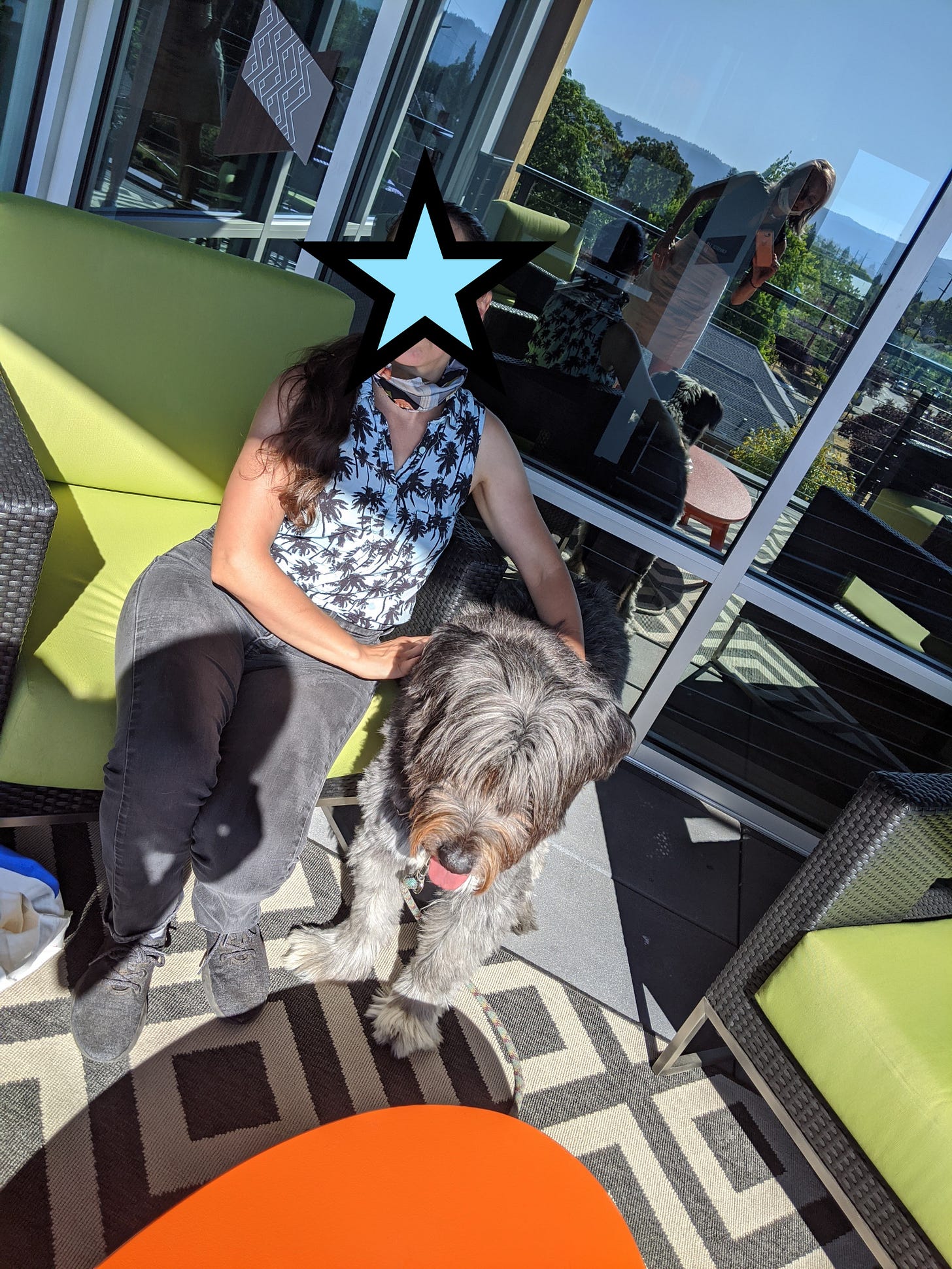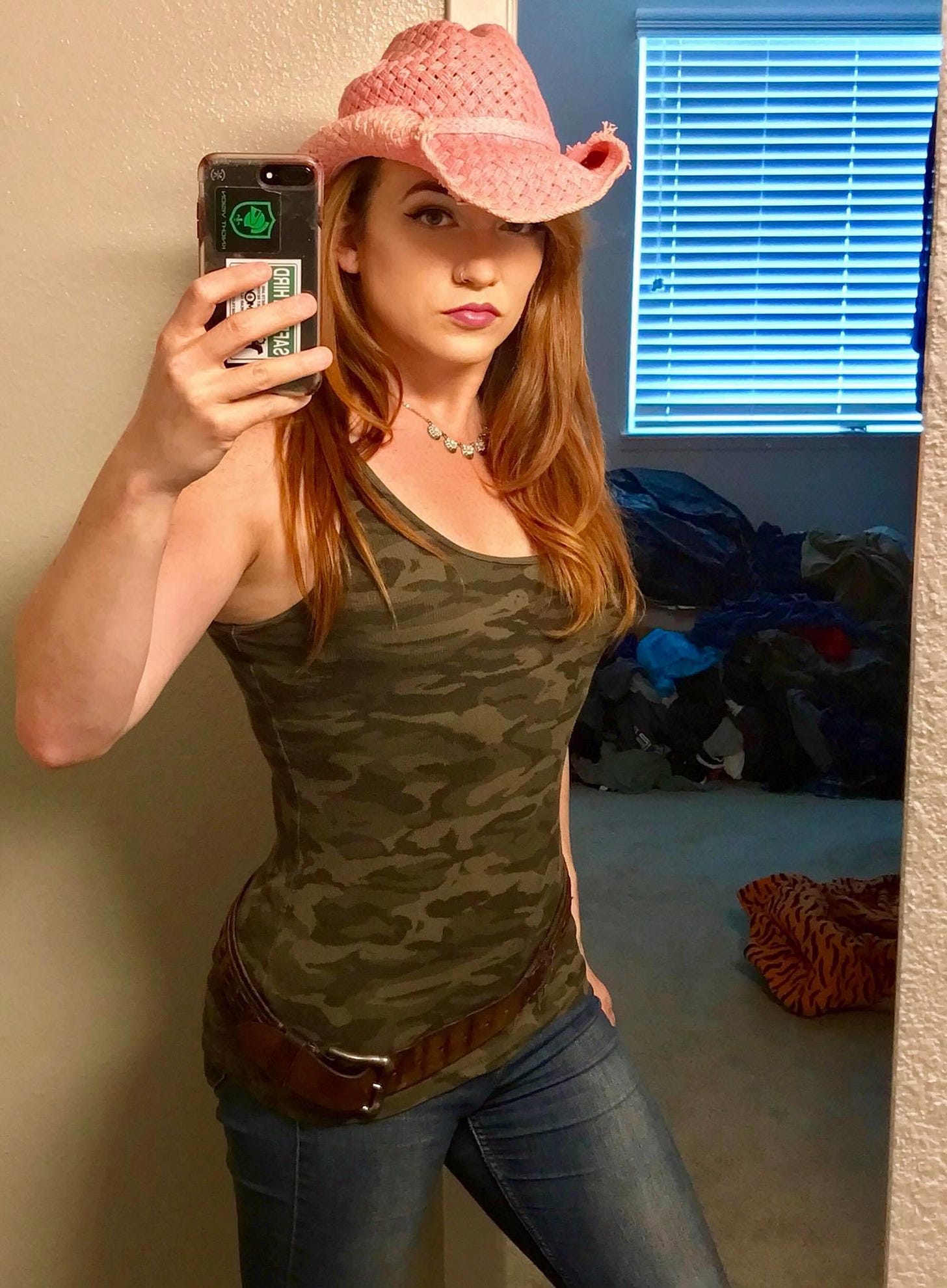Dispatch from Portland: Black Bloc Confidential
Two people involved in the burning of a Portland police union hall on why they were there and what they believed the mission was: Justice for all or destabilization and destruction?
Dipping into some Portland files (on a former laptop so buggy I want to throw it in the East River), I came across a “conversation” I compiled between two people involved in the burning of the Portland Police Association union hall on August 8, 2020. The PPA was set upon many times during Portland’s summer of rage, but on this night, some participants made their escape through North Portland’s Kenton neighborhood, where they ransacked and set fire to a newly erected business plaza, an event written about by my friend Nellie Bowles for the New York Times. One of the people involved was part of the black bloc cell, or affinity group, that carried out the strike against the police union. The other was a right-wing activist who embedded with black bloc to see how things work from the inside.
While Jen K. originally gave me permission to use her full name, I am choosing now to use only her last initial. Her and Erin Smith’s comments have been edited and organized for clarity.
Jen K moved to Portland in 2007. “I wanted a more accepting city to live in,” said K, who grew up outside of Baltimore. “A city that was just green-friendly, driven by the arts, less violence. In Baltimore, there’s a lot of perpetual violence.”
Violence at home, too, of a different sort.
“Unfortunately, I grew up in a racist family,” she said. “My dad was Baltimore city police for 27 years and I still am against the police. My dad used to refer to black people as cockroaches. That was a common term. And he was one of the quote-unquote ‘good cops’ because he never pulled his gun on or shot anybody.”
For the past several years, K has fashioned her antipathy for law enforcement into active engagement with Antifa and black bloc, a fact she volunteers within five minutes of being interviewed for a story about the protestors who set fire to a shopping plaza in Portland’s Kenton neighborhood.
“I almost actually said, I wasn't going to do this interview or, and to pick somebody who was black, because I'm just here to try to amplify black voices right now,” she said. “But then I also understood that there’s some white people who can't hear this message unless it comes from another white person too, and see the value in that.”
It might be difficult to see K – age 35, petite, with a dog walking business and a macrame side-hustle – as the face of black bloc, but then, how would one know? They generally do not out themselves, and the packs we see marching or committing mayhem on the streets of Portland and New York, Seattle and DC, deliberately hide their identity in all-black clothes and helmets, sometimes further obscuring themselves with umbrellas and shields. K herself is one these people and would continue to be — she planned on hitting the streets after we finished speaking - until “more people of color and progressive people [are] empowered in Portland, because we're just a very traditionally racist city.” Her commitment was only staunched after President Trump sent federal forces to Portland.
“Black bloc is a response. It's an old protesting tactic that they used to use in Berlin and the lots of other places,” she said. “It's just being replicated here now.”
Erin Smith was at a GOP election watch party at Twitter headquarters in San Francisco in 2016 the first time she encountered black bloc. “As soon as they announced Trump the presumptive winner, we were told, ‘There’s a mob of protestors out front,’” she recalled, as well as seeing a crowd in head-to-toe black pushing police officers against a wall.
“I don’t like bullies,” said Smith, a onetime tugboat captain and trans woman who describes herself as a “weird activist/analyst person right now” as well as politically conservative. “Trump-right, I guess you could say.”
Soon after the SF melee, Smith began attending pro-Trump rallies. She became used to getting pushed around, seeing her friends attacked, having her picture posted. Sometimes she participated in the violence. She also started to gather info on and write about black bloc and, during the height of the Portland protests, decided to see what it was like from the inside.
“When Antifa hates you and know who you are, the best way to hide is right in the middle of their black bloc,” she said. “It’s the last one they think to look.”
Smith: The building block of Antifa is what's called an affinity group. An affinity group is the people that you live and work with and trust and know in real life. It's almost a small community, a tight-knit little tribe. All the planning is done within the closed block and they don't let everyone else know. I didn't know that they were going to burn PPA [Portland Police Association] when I joined, but what they did was. They put a call out. It said, anyone show up in black that night at this place and you can join the action.
Jen K: I'm actually a part of my own affinity group of friends that go out. We were all out there [when PPA was burned] and able to protect each other just because the state of how protesting has gone. My affinity group, we try to do the peaceful protesting, but we show up to be a body for the kids that are out there on the front lines who are little bit more passionate about it.
Smith: It was really kind of amazing. They were incredibly proficient. This was 600 or 700 people. They moved as a group through the city in close order quickly and efficiently and attacked a target and caught that on fire and then escaped from the police. They were incredibly efficient.
They have a lot of scouts, where the mopeds are running and the bicycle people. There's the march, but they also have a very solid and sophisticated scouting line of people moving on the side streets parallel. The people on the mopeds are doing circuits. The people on the bicycles are the people that are called corkers and they move ahead and they kind of leapfrog each other and block off the side streets for traffic. They're moving ahead of the flanks. They've got whistles and radios and they're passing information very quickly, scouting because they know where the cops are.
“What did you see? Didn't see shit!” That's a chant they'll do. You didn't see anything. You don't photograph anyone's faces. It’s not so much a chain of command. People keep looking for like a chain of command and you don't necessarily need that. As long as everyone kind of understands a basic level of instruction…
Keep reading with a 7-day free trial
Subscribe to Make More Pie to keep reading this post and get 7 days of free access to the full post archives.




